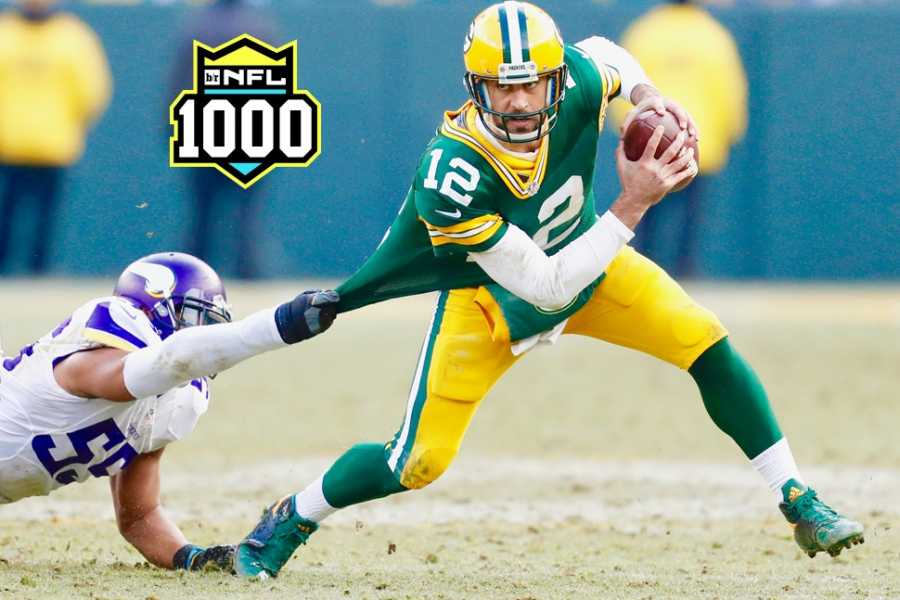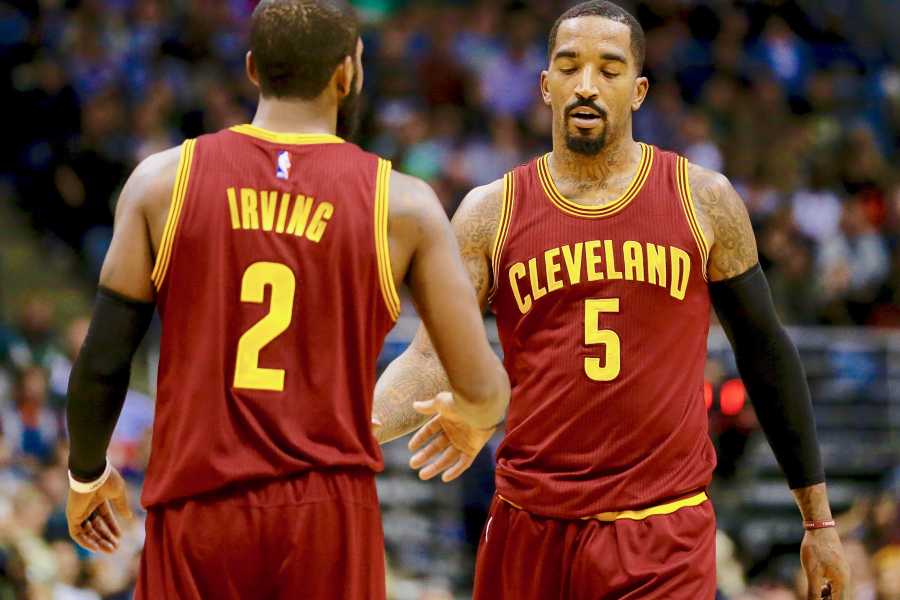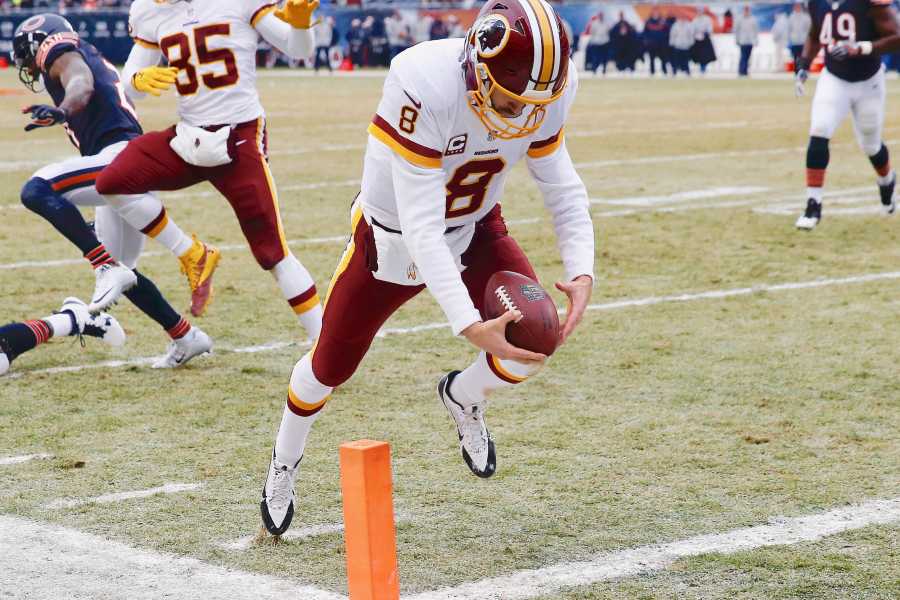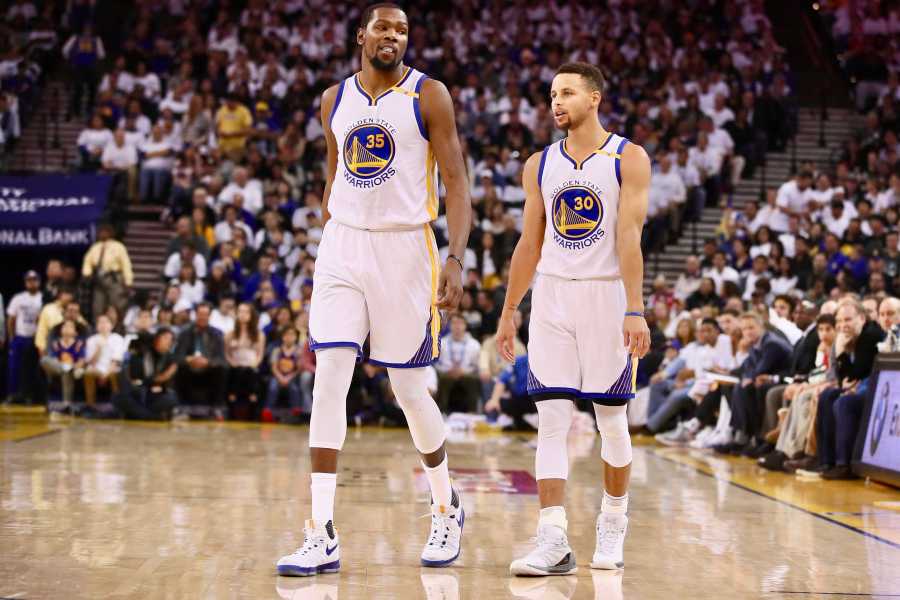(Hans Gutknecht)
"Once they stripped me of the UFC title," Dominick Cruz says, "it made me realize, 'Dude, you're a f--king mess right now. You may never come back from this. This has never been done.'"
At his lowest point, "This has never been done" haunted the former WEC and UFC bantamweight champion. "This" was a comeback from a string of devastating injuries that kept him out of the Octagon for all but one minute from October 2011 to January 2016. He calls it "four years of Zen school."
He endured the darkest days agonizing alone on his couch in San Diego and making the 90-minute drive along I-805 to physical therapy in Irvine, often in silence. Fallen from the pinnacle. Fading into irrelevance.
"This" has been done now. Cruz beat T.J. Dillashaw by split decision in January to win back the UFC bantamweight belt he'd lost not in the arena, but because of inactivity. On Dec. 30 he'll make his second defense of the title, against undefeated Cory Garbrandt at UFC 207 in Las Vegas.
"Everybody is curious as to how," Cruz says. "But the thing is, when I try to explain it to people, they look at me like I'm crazy. That's why I try not to talk about it."
An axiom often recited by top UFC coaches and fighters has it that "Fighting is 90 percent mental." But nobody had ever actually tried to prove it.
Dom Cruz ended up on a collision course with the hypothesis. In May 2012 he shredded the anterior cruciate ligament in his left knee. He re-tore it in December and then tore a groin muscle in January 2014. He finally fought again in September of that year, stopping Takeya Mizugaki on punches in the first round. Three months later, he tore the ACL in his right knee.
Over the span of nearly five years, he was sidelined for more than 1,300 days.
"The third ACL was a gift," Cruz says. This is the part where people look at him like he's crazy, but he says that last injury led him to the epiphany that if he wanted to get back to being a champion, he had to accept that he might not make it.
"The irony of that blows my mind," he says. "I had to not want it. I had to be happy without fighting. I had to not need it. I had to appreciate the gift that was but might never be again. Once I did that, I was free. I didn't need fighting for happiness or inner peace. I didn't need it to feel whole. Now I could be whole without fighting."

Dominick Cruz and Urijah Faber react as Cruz is declared the winner of their rematch in 2011. (Eric Jamison/Associated Press)
Dominick Cruz had been introduced to mind games at an early age. It is one of the chief memories of his youth, seeds planted years ago back at a trailer park in Tucson, Arizona, where his mother emphasized frugality and implored her two boys, "Speak it into existence."
The mind-over-matter mantra served as a staple inside the household long before "The Law of Attraction" became popular on Oprah, the internet and social media. Yet teenage Dominick found his mother's claim silly.
Mom, come on. Just because I say that I'm going to make a million dollars doesn't mean I'm going to get a million dollars.
He recalls his father as a "weekend dad" who played an on-again, off-again role in his life. Around for six months, gone for six months. He left the family home when Dom was very young. Cruz asked that their names not be used in this story.
"At five years old," he says, "I became the man of the house. When he left, my dad let me know that. It put a certain drive in me that I can't explain."
When available, Dad cooked chorizo and eggs and watched movies with his son at halfway houses for released inmates who were being transitioned back into society. Dom Cruz says he learned early on about his father's drug habit and that Dad's vanishing meant relapse or incarceration.
Mama exemplified hard work and taught her boys Christian values. Secular music and R-rated movies were strictly forbidden in her home, a rule so ingrained in Cruz that, even as an adult who makes a living in a sport where busted noses and bloody faces are common, he continues to steadfastly guard his eyes and ears. For much of his nearly 12-year career Cruz has avoided horror movies and seldom watches or reads the news.
"My mom," Cruz says, "was always very, very careful with my mind, what I saw and didn't see."
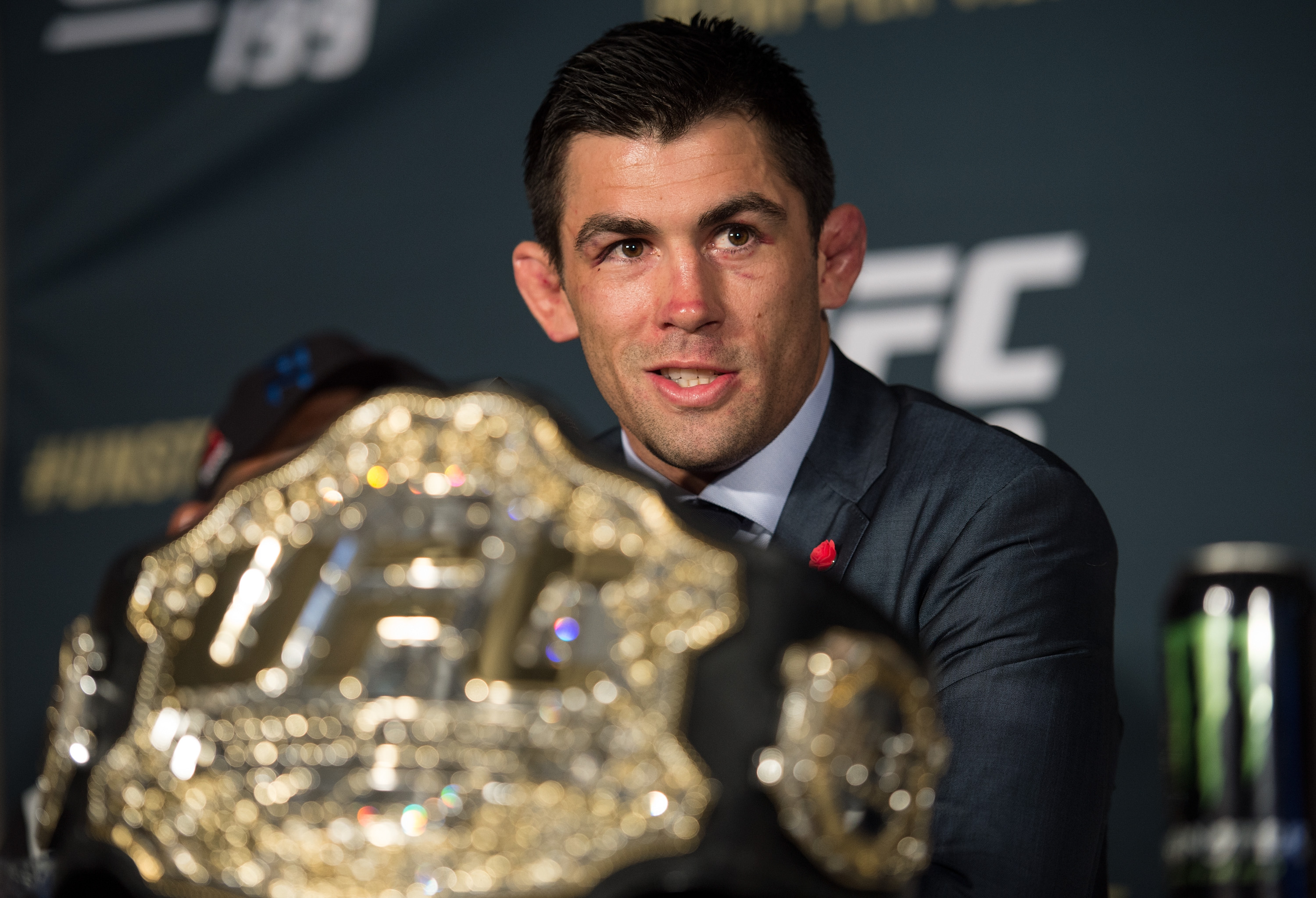
Dominick Cruz talks to the media after beating Urijah Faber at UFC 199 in Inglewood, California, on June 4, 2016. (Brandon Magnus/Zuffa LLC/Getty Images)
Finding the answers through inactivity is an irony not lost on Cruz, who as a young man had found the answers he needed through fighting.
At 19 his mother kicked him out of the house after he threw a party. Within days he got a sprawling back tattoo. He also dropped out of community college.
Once begun, the rebellious phase lasted two years. Through it all, a love of sport and grueling physical work remained. Cruz, a good athlete who had begun wrestling in seventh grade, stayed close to the sport by teaching high schoolers. He envisioned becoming a firefighter someday and started boxing to stay in shape.
An opportunity to fight in a pro mixed martial arts show surfaced and the ultra-competitive Cruz jumped at the chance to test himself in a combat sport that went beyond grappling and featured the extra dangers of punches, kicks and chokes.
The more he fought inside the cage, the more he ran back to his upbringing: Unwavering structure, remarkable discipline. His firefighter plan faded and a new vision emerged.
"Once I dedicated my time to mixed martial arts," Cruz says, "I became careful about what I let into my mind. I made a goal of being the best on Earth in mixed martial arts and fighting. I wanted to build my mind into something good, not just of the world. I wanted to be different."
He made his pro debut on Jan. 29, 2005, early in that rebellious phase. In the first 18 months of his career, the speedy Cruz predominantly trained himself, studying Muhammad Ali videos and racing out to a 6-0 record, with four TKOs, against low-level pros. "That was the raw me," he says. "I couldn't afford a trainer."
He was so solitary, he was that rare fighter who had no seconds on fight night. It was literally Dom against the world.
"I made a goal of being the best on Earth in mixed martial arts and fighting. I wanted to build my mind into something good, not just of the world. I wanted to be different."
—Dominick Cruz
In the summer of 2006, an offer of $1,300—"the most money I'd ever made in prizefighting"—to fight on 72 hours' notice brought Cruz to Total Combat 15 in San Diego for a fight against heavy-handed local Dave Hisquierdo.
California rules prevented Cruz from bringing his solo act from Arizona, so he had a couple of hired strangers in his corner. Hisquierdo dropped him several times with punches, but Cruz came away with a split-decision victory.
"An extremely painful fight," Cruz says. "I busted up his ribs pretty good. He broke my nose. We had a war."
Fifteen minutes of who wants it more revealed abundant flaws in Cruz's game, but the promoter, a full-time firefighter named Eric Del Fierro, saw something in the 21-year-old that screamed "future champion."
Del Fierro emerged certain of one thing: "Nothing short of death is going to stop that kid from doing what he wants to do."
So impressed was the soft-spoken promoter that he threw in a $500 bonus. Four months later, he invited Cruz to move to San Diego.
"He moved here with absolutely nothing," Del Fierro says. "I mean the kid was literally sleeping on the floor or sleeping on my sofa. He had no money and was absolutely scrounging around, but he was eager to learn and implement."
For the first time Cruz had a mentor he trusted, a close friend who always had his back. Someone who believed in him. "I've only had myself and Eric Del Fierro since the beginning," he says.






